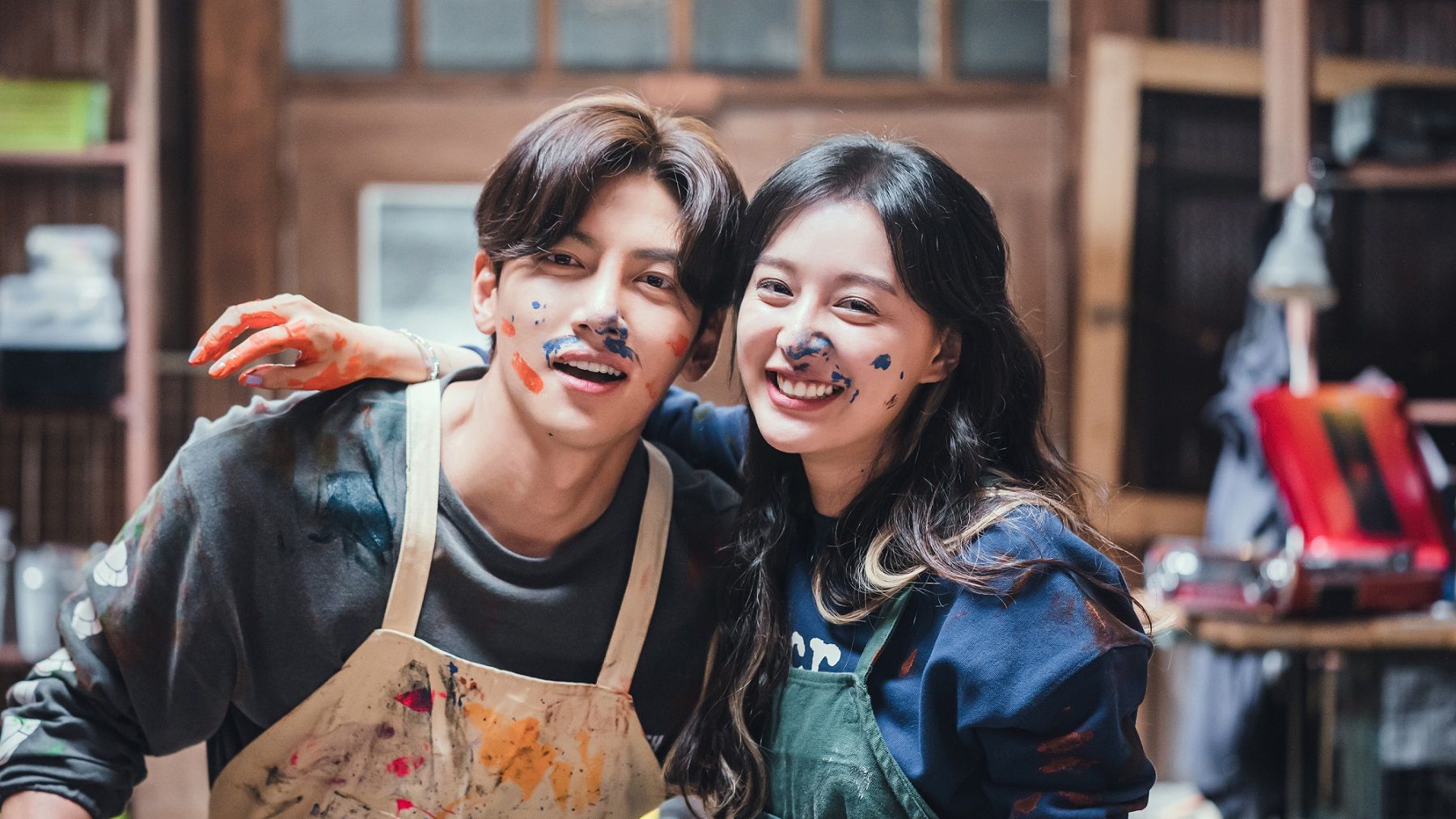Korean Drama Elements
Korean dramas are incredibly captivating. Despite the fact that several television networks have altered their narrative lines in recent years, a few clichés persist. Whether you like them or not, here are the top 10 elements you’ll find in every K-drama. Read information at KissAsian.
A sweet female protagonist who isn’t without flaws. The female protagonist is bound to feel inadequate, despite her endearing exterior and loving heart. Whether it’s a chubby body, a lower-class upbringing, or simply because she’s from under the sea (so she has a fish tail – so what?), there’s going to be something that creates a barrier in the plot.
A wealthy and stunning male protagonist who hangs out with a posse of equally hot brothers. The typical male protagonist begins the play as a cruel, stupid, and spoiled youngster, but by the conclusion, he has matured into a good guy (usually thanks to the charming-but-flawed female.) Two films that highlight this personality are Boys Over Flowers and You’re Beautiful.

Kisses that are awkward, too long, and too static. Kissing scenes in Korean dramas last FOREVER, and great work is put into making them as dramatic as possible, usually with evocative music or arc shots in which the camera moves around the stationary actors in a circular motion. Everything is summed up in this video:
An arrogant, critical mother-in-law who is determined to ruin her son’s relationships. You’ll almost likely have an overbearing mother who worships the ground her son walks on if you have a wealthy, gorgeous male protagonist. They are typically deceptive and dislikeable, yet because of the drama they contribute to the plot, they are frequently some of the most intriguing characters.
It is he who rides on the backs of others. When the leading lady discovers some unforeseen and surprising information at some point in the plot, she will either drink too much soju, injure her ankle, or pass out. You can bet your bottom dollar that her love interest will take her away and give her the most romantic ride of her life at this point. Among the most enjoyable are Pinocchio, The First Shop of Coffee Prince, and I Can Hear Your Voice.
Someone who is afflicted. Of all, no Korean drama would be complete without tragedy, and having a character engaged in a car accident is one of the most typical ways to do this. Alternatively, contracting a life-threatening disease. For example, if you have amnesia (an all-time favourite). Some of the best hospital scenes can be found in Master’s Sun, Oh My Venus, My Love from the Star, and Doctors’ epic combat scene.
The arms are snatched. The K-wrist grab, ah, the K-wrist grab, ah, the K-wrist grab, ah, the K-wrist grab, ah This cliché is frequently employed in circumstances where the female heroine is compelled to go somewhere she does not want to go. The main lady will fall for him regardless of the male’s predisposition for violence. The Heirs really increased the ante when they used not one, but two wrist grips at the same moment.
Back hugs are the way to go since regular hugs are so last decade. Back hugs are a staple of practically every K-drama, and they signal a critical turning point in the relationship between the main characters. Back hugs can take a variety of forms, such as “don’t go” hugs, “accidental” embraces, and “apologetic” hugs, but they all elicit a spectrum of emotions in the spectator.
Changing one’s physical appearance. Body changing, ala Freaky Friday, is another famous cliche in which two significant characters — usually of opposite genders — mysteriously swap bodies. Films like Big, Secret Garden, and Please Come Back Mister have effectively used the body/gender-swapping storyline.
An emotional roller coaster. Despite the stereotypes, most K-dramas do an excellent job of including a variety of tonal variances. These tragicomies are typically a roller coaster of emotions for both the protagonists and the spectator, combining laughter and spectacle with tears and tribulation. Read more information here https://kissasian.cx/.